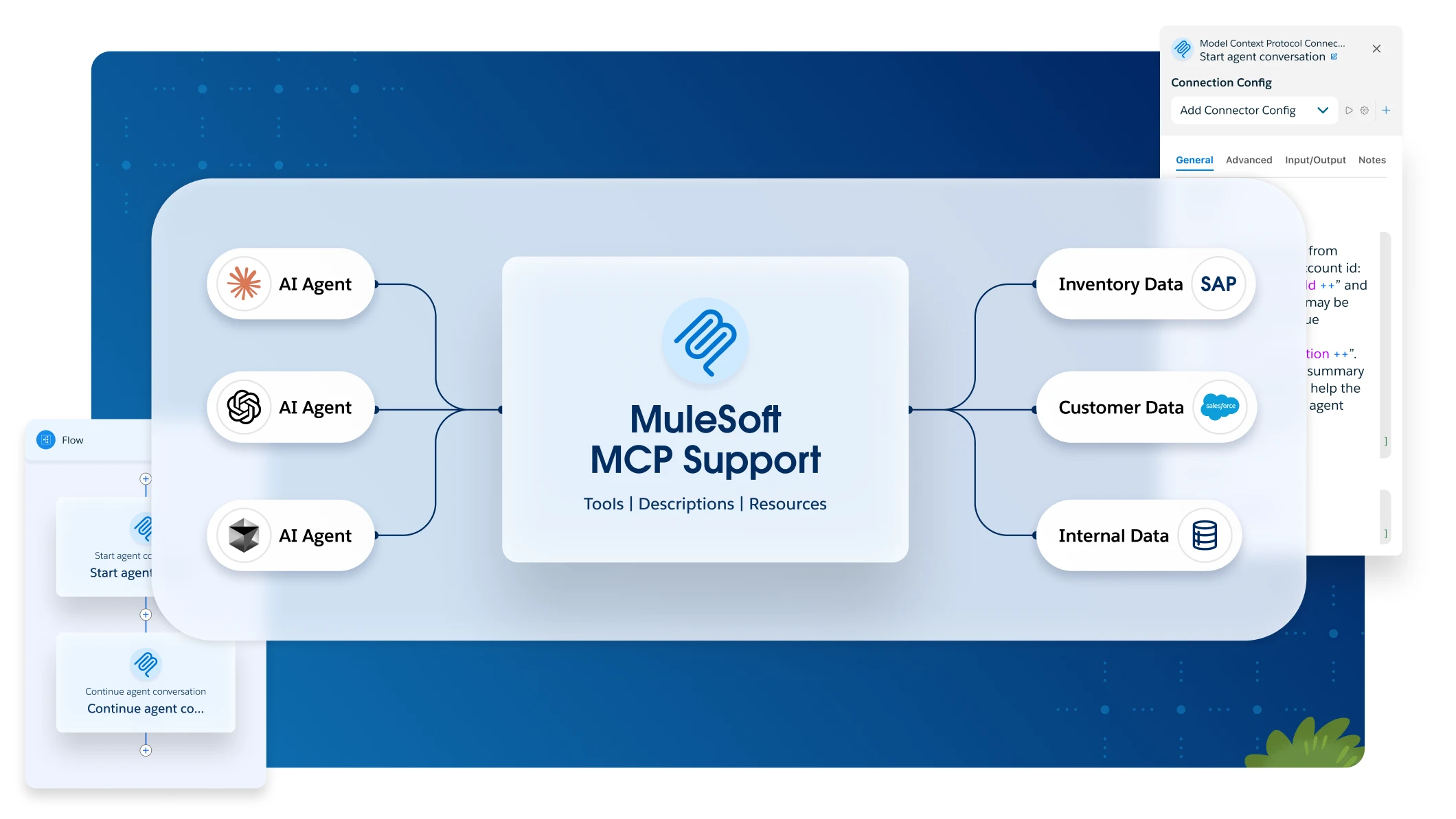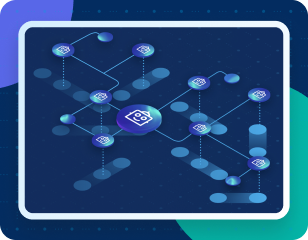public class WhenRoute extends Route {
@Parameter
@Optional
private boolean shouldExecute;
public boolean shouldExecute() {
return shouldExecute;
}
}Creating Routers with Mule SDK
Conceptually, routers are operations that can receive many executable routes and a set of parameters that handle the execution of one, all, or none of them.
Routes should be used for receiving multiple possible paths of execution, where the parameters of the route can be used to decide whether or not the contained processors should be executed. Stereotypes can be used in the route declaration to define are stereotypes for the contained chain. Routes don’t allow complex parameters to be defined inline because the DSL content of the element will be exclusive of the parameterized operations.
Defining a Route
First you need to declare at least one route in your module by extending the Route base class:
Declaring the Router
Next, you need to declare the router method as one of the module’s operations. Any operation receiving at least one Route implementation along with a RouterCompletionCallback is registered as a router:
@Extension(name = "Docs")
@Operations(ChoiceRouter.class)
public class DocsModule {
}The ChoiceRouter class defines the following method:
public void choice(WhenRoute when,
@Optional OtherwiseRoute otherwise,
RouterCompletionCallback callback) {
if (when.shouldExecute()) {
when.getChain().process(callback::success, (error, previous) -> callback.error(error));
} else if (otherwise != null && otherwise.shouldExecute()) {
otherwise.getChain().process(callback::success, (e, r) -> callback.error(e));
} else {
callback.success(Result.builder().build());
}
}Above, you can see how a router is declared and how the routes are conditionally executed based on their configuration. Route execution is performed through their chain, exactly as though each route was an scope by itself.
Using the router consists of configuring the router parameters and then adding each route declaration with its own parameters:
<flow name="logDecoratorSampleFlow">
<docs:choice>
<docs:when shouldExecute="#[payload != null]">
<http:request config-ref="config" path="/" method="GET"/>
</docs:when>
<docs:otherwise>
<logger message="Payload was null"/>
</docs:otherwise>
</docs:choice>
</flow>This executes the http:request operation contained by the when route whenever the payload isn’t null. If a null payload arrives, the fallback otherwise route executes intead.
Routers with a Dynamic Number of Routes
Routers can declare a parameter that represents a dynamic list of routes. This enables you to create routers that accept zero, one, or many route instances, rather than a fixed set.
To declare a list of routes, define a router parameter typed as List<MyRoute> in the router operation:
public void choice(List<WhenRoute> whens,
RouterCompletionCallback callback) {
...
}The handling of the elements in the list is similar to the single-route approach. The code should select the route or routes to execute and then run them. The implementation decides whether to call one, none, or many routes, and whether many calls are sequential or parallel.
Using the router involves configuring the router parameters and then adding each route declaration, with its own parameters within its wrapper element:
<flow name="logDecoratorSampleFlow">
<docs:choice>
<docs:whens>
<docs:when shouldExecute="#[payload != null]">
<http:request config-ref="config" path="/" method="GET"/>
</docs:when>
<docs:when shouldExecute="#[payload == null]">
<logger message="Payload was null"/>
</docs:when>
</docs:whens>
</docs:choice>
</flow>This executes the http:request operation in the first when route whenever the payload isn’t null. If a null payload arrives, the second when route executes instead.
Void Routers
Available since version 1.1
You might need to create a router that at the end of its execution leaves the event and message the same as it was before the execution of the router. This type of router is called Void Router.
To implement a Void Router, the method needs to have an argument of the VoidCompletionCallback type instead of RouterCompletionCallback. You use this callback the same was as before (with the success and error methods), except in this case, success doesn’t receive any parameter.
Restrictions
The following restrictions apply.
Config-less and Connection-less
Routers have some restrictions that differentiate them from operations. By definition, routers aren’t allowed to depend on or receive a particular configuration or connection.



